In today’s session, the focus is the science-based shoulder workout designed to sculpt and enhance those sought-after, eye-catching shoulders. The use of the term “absolute best” reflects a commitment to excellence and underscores the incorporation of scientifically-backed principles in crafting an effective routine. The objective is clear: to guide people toward achieving shoulders that are not just well-defined but, a “ridiculous bolder shoulders”.
Moving forward, we look at a comprehensive approach, incorporating a variety of gym equipment from cables to machines and dumbbells. The assumption that viewers likely have access to a gym sets the stage for a versatile and well-rounded workout, leveraging different tools for maximum effectiveness. However, we even have tailored advice for even those without gym access.
Importance Of A Shoulder Workout
A robust shoulder workout is integral to achieving overall upper body strength, stability, and aesthetic balance. The shoulders, comprising multiple muscle groups, play a crucial role in various daily activities and are central to an impressive physique. Understanding the importance of a dedicated shoulder workout can significantly enhance one’s fitness journey.
- Functional Strength: Shoulder muscles, including the deltoids, trapezius, and rotator cuff, contribute significantly to functional movements. Whether lifting, pushing, or pulling, strong shoulders improve daily activities, promote better posture, and reduce the risk of injuries.
- Injury Prevention: A targeted shoulder workout helps strengthen the rotator cuff muscles, crucial for shoulder joint stability. A well-balanced and resilient shoulder complex is less prone to injuries, such as dislocations, strains, or impingements. This is particularly crucial when you are engaged in sports or activities with repetitive shoulder movements.
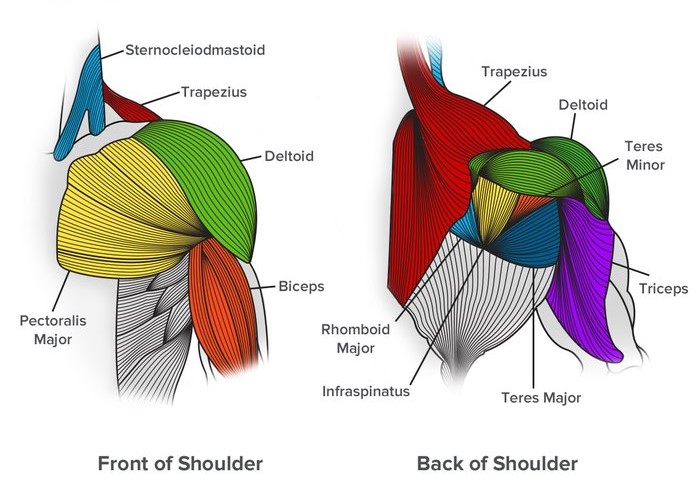
- Posture Improvement: Strong shoulders support good posture by providing a stable foundation for the upper body. Improved posture not only enhances overall appearance but also reduces the risk of musculoskeletal issues and chronic pain associated with poor alignment.
- Balanced Muscle Development: Neglecting shoulder workouts can lead to muscle imbalances in the upper body. Focusing on the chest and back without adequate shoulder training may result in an uneven physique and increased susceptibility to injuries.
Shoulder Workouts
Machine Side Laterals:
Machine side laterals represent a targeted and effective exercise for sculpting the lateral head of the shoulder, contributing to that well-defined shoulder appearance. Here’s a detailed breakdown of the steps to maximize the benefits of this exercise:
Setting Up:
- Begin by selecting the appropriate weight on the machine lateral raise equipment.
- Adjust the seat to a height that aligns your shoulders with the handles. Proper alignment ensures optimal muscle engagement and minimizes strain on other body parts.
- Ensure that the handles are at a comfortable grip width, allowing for a natural and controlled movement throughout the exercise.
- Experiment with the machine’s settings to find the optimal angle for your lateral raises. The angle can influence muscle activation and target different parts of the lateral deltoid.
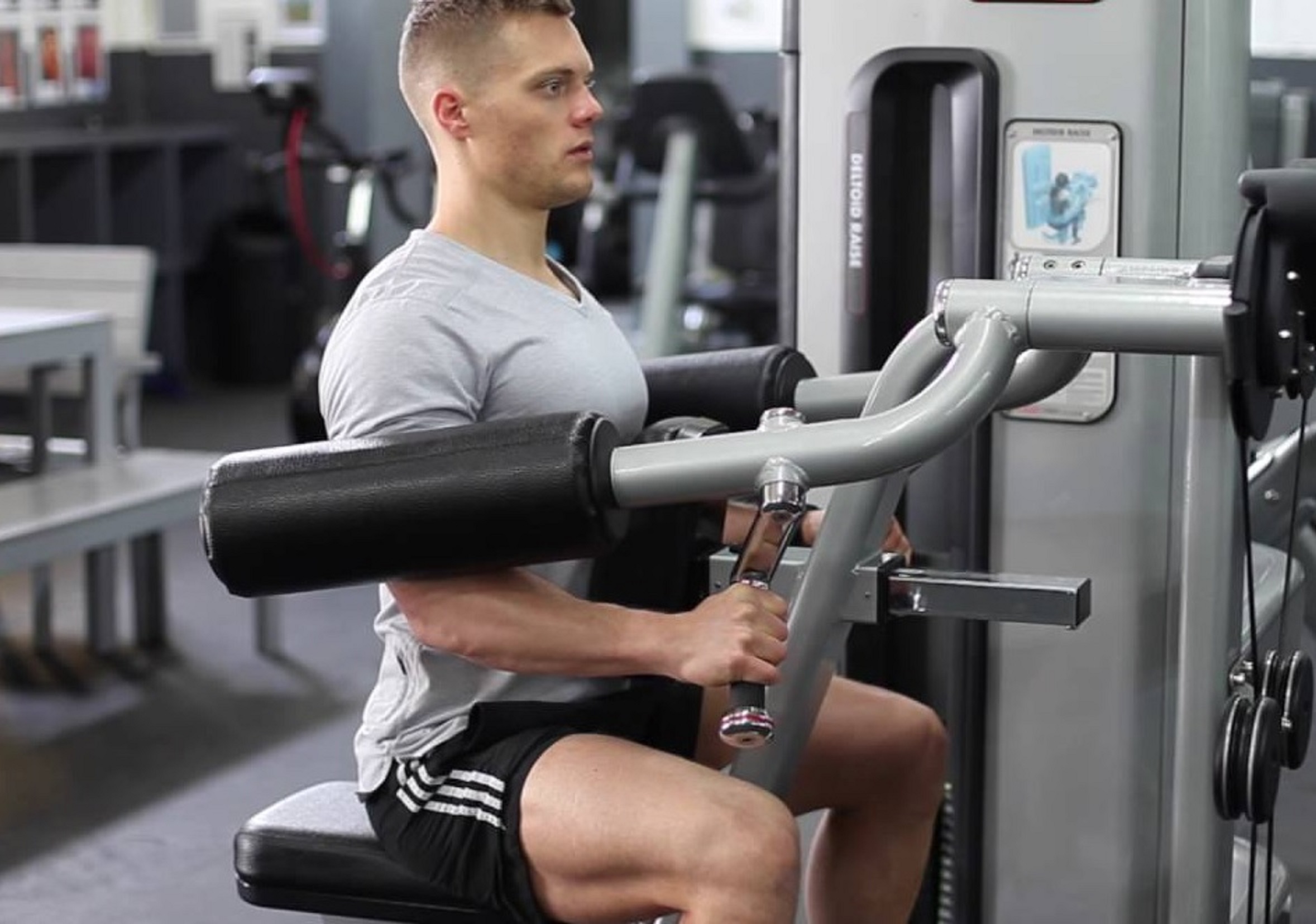
Executing Partial Reps at the Top:
- Initiate the movement by lifting the handles with a controlled motion, bringing them to shoulder height.
- Once at the top of the movement, deliberately perform partial reps.
- Partial reps at the top increase time under tension, inducing muscle fatigue in the targeted area.
Transitioning into Full Reps:
- Following partial reps, seamlessly transition into full-range repetitions.
- Engage the muscles throughout the entire movement, emphasizing controlled and deliberate motions.
- Introduce partial reps at the bottom of the movement. This involves lifting the handles from the lowest point of the range of motion to a midway position.
- These partials at the bottom amplify the intensity, requiring the muscles to exert maximum effort during the latter part of the exercise.
- For an advanced challenge, consider forcing up one additional repetition after completing a set. This entails summoning extra strength to lift the handles to the top position.
- To intensify the challenge further, hold the handles at the top position for as long as possible. This isometric hold targets the muscles intensely, fostering endurance and strength development.
Machine Rear Delt Flies
Executing the machine rear delt fly with precision is key to targeting and developing the rear deltoids effectively.
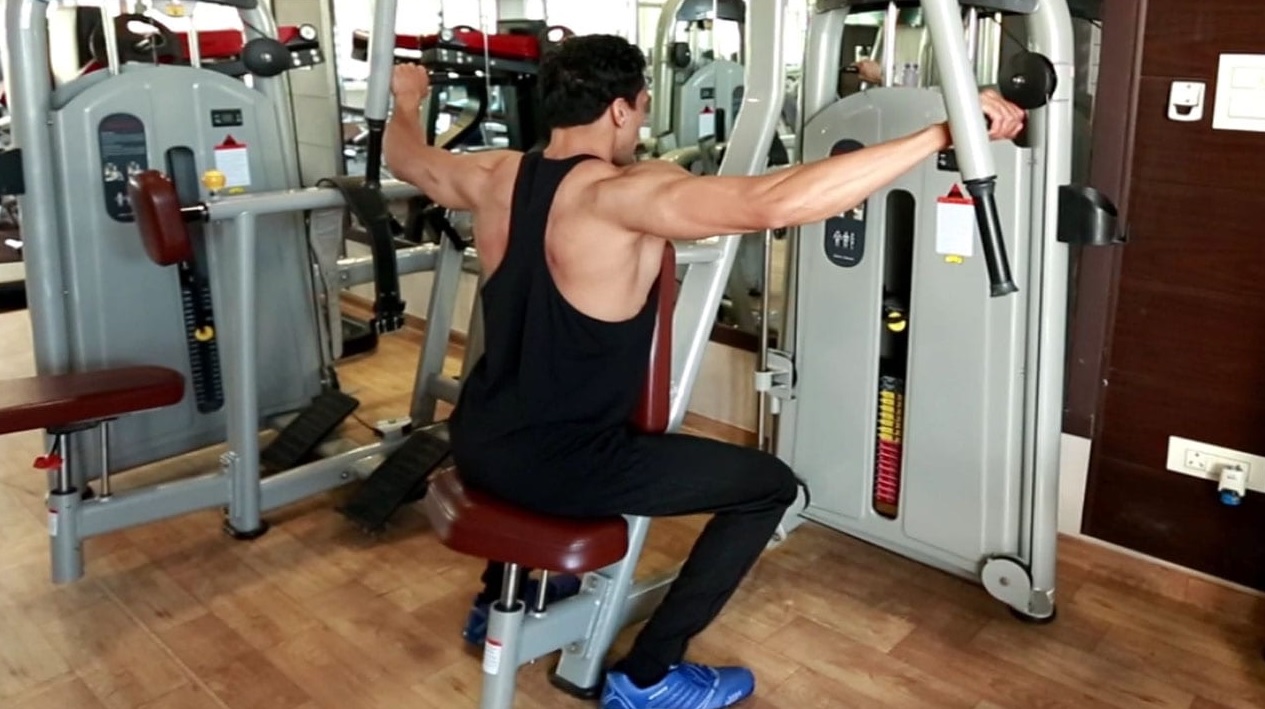
Here’s a step-by-step guide to ensure you make the most out of this exercise:
Setting Up:
- Begin by adjusting the machine rear delt fly equipment to suit your body dimensions.
- Select a weight that challenges your rear delts but still permits controlled and deliberate movements.
Prime the Rear Delts:
- Before diving into the full range of motion, initiate the exercise with a partial range of motion. This serves to pre-exhaust or “prime” the rear deltoid muscles.
- Partial reps at the beginning of the exercise help activate the targeted muscles, preparing them for more significant engagement.
Gradual Transition to Full Range of Motion:
- Following the partial reps, gradually transition into a full range of motion. Extend your arms outward, moving from the partially contracted position to a complete stretch.
- Engage the rear deltoids throughout the entire movement, ensuring a controlled and deliberate execution to maximize muscle recruitment.
- Acknowledge the significance of pre-exhausting the rear delts, especially considering their nuanced and sometimes challenging nature.
Regular Side Laterals:
Incorporating regular side lateral raises into your shoulder workout can significantly contribute to building well-rounded and defined shoulders.
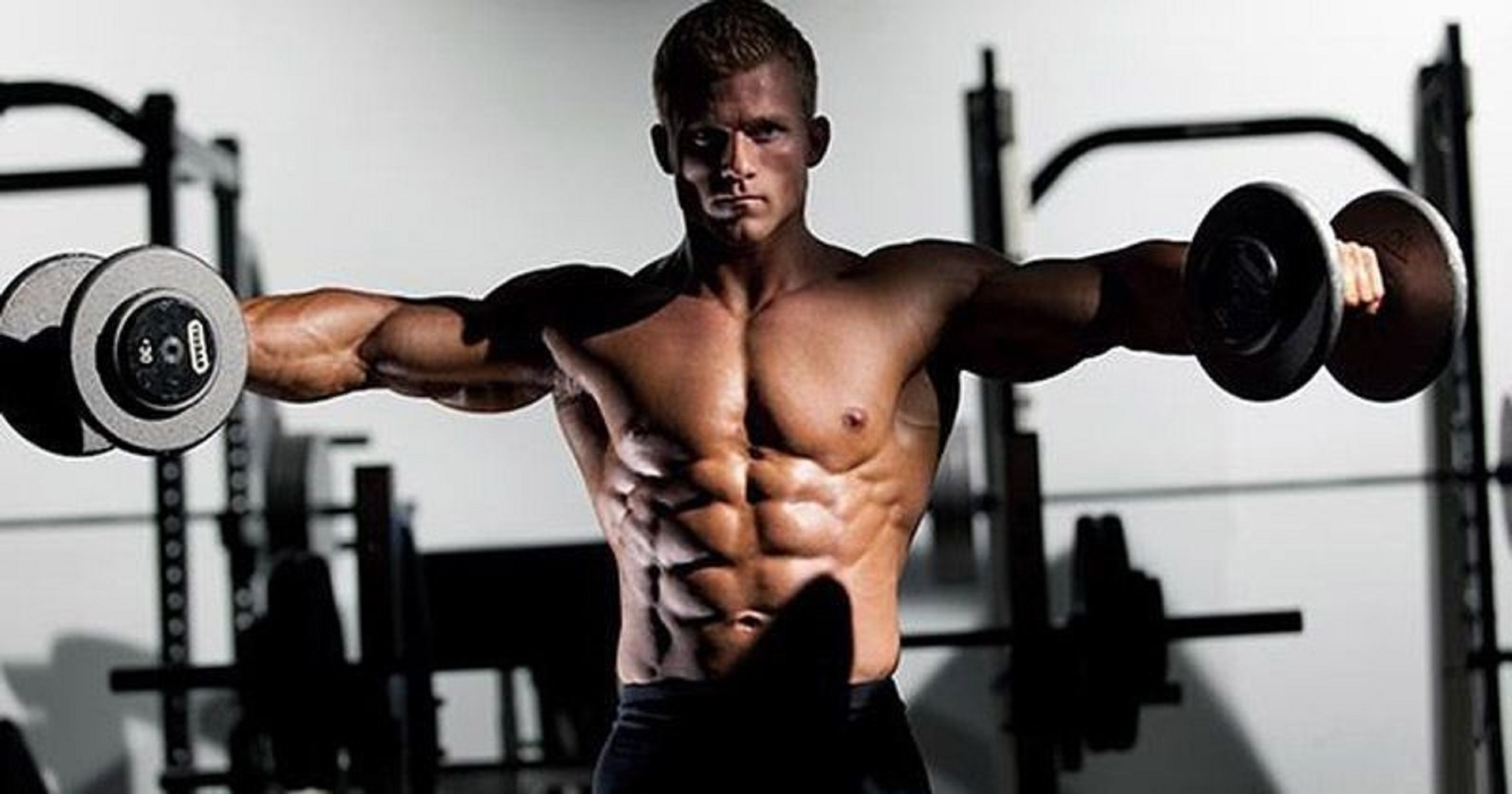
Here’s a detailed guide to optimizing this exercise for maximum effectiveness:
- Lift the dumbbells laterally, ensuring your arms are parallel to the ground. This motion effectively targets the lateral head of the shoulder.
- Before progressing to heavier weights, establish a foundation by completing a set number of reps with the current weight.
- This approach ensures that you’ve adequately challenged the muscles and earned the right to advance, promoting steady and sustainable strength progression.
- After completing a set, incorporate brief rest periods before considering an increase in weight. Take a couple of deep breaths (around 20 seconds tops) to recover and prepare for the next set.
- Keep increasing the weight as long as you can maintain good form. Proper form is paramount for targeting the intended muscle group and minimizing the risk of injury.
- Focus on controlled and deliberate movements, ensuring that the lateral head of the shoulder remains the primary muscle under tension.
- Once fatigue sets in and maintaining proper form becomes challenging, start decreasing the weight gradually.
Cable Front Raise Drop Sets:
Incorporating cable front raise drop sets into your shoulder workout can provide an intense and efficient means of targeting the anterior delts while promoting muscle endurance.
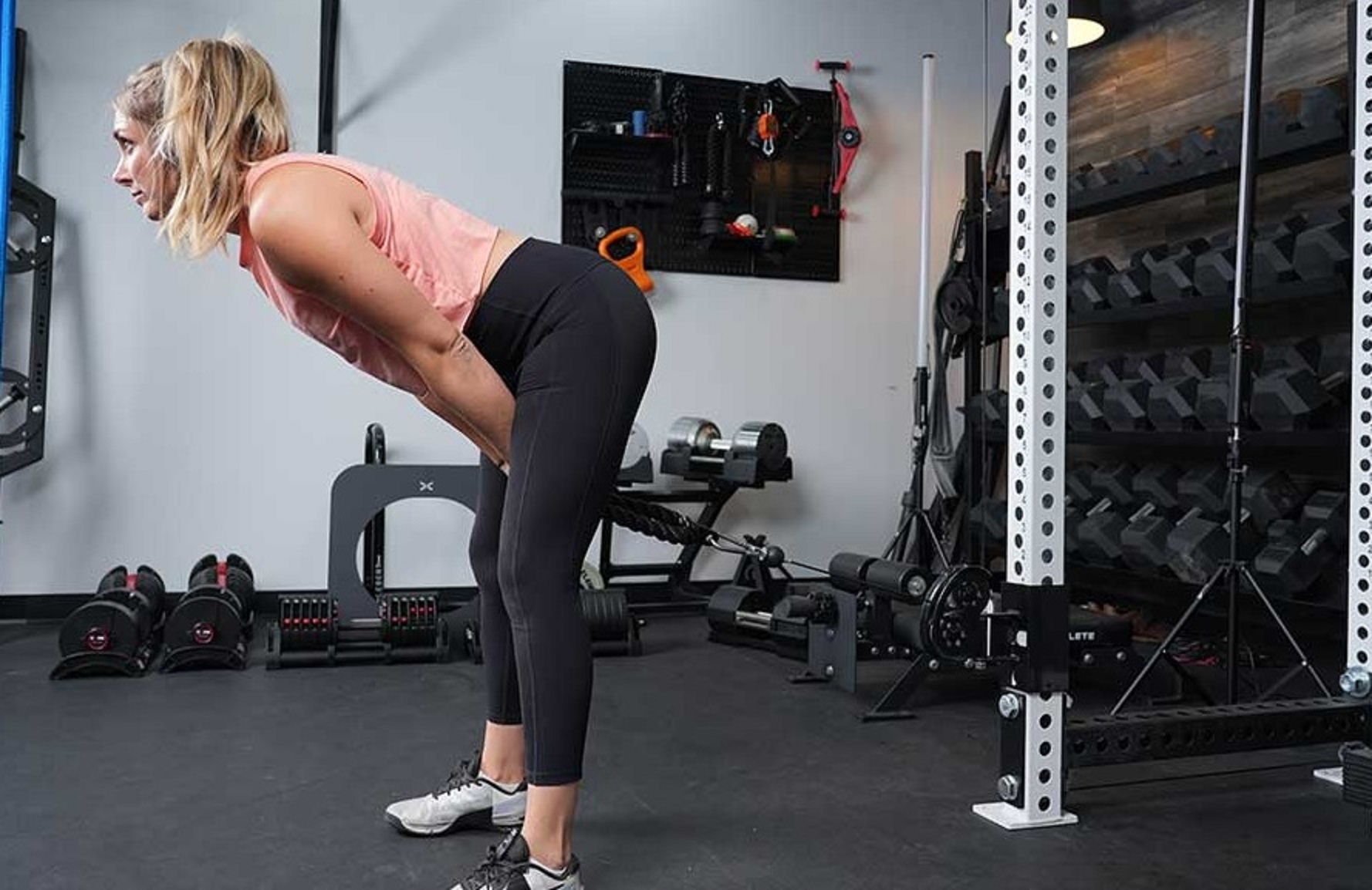
Here’s a detailed guide to make the most out of this challenging exercise:
- Begin by adjusting the cable machine to an appropriate height, ensuring it aligns with your shoulders.
- Select a weight that challenges your anterior delts but allows for controlled and deliberate movements throughout the exercise.
- Grasp the cable attachment with an overhand grip and initiate the movement by raising the cable attachment directly in front of you.
- Focus on a controlled ascent and descent, maintaining constant tension on the anterior delts.
- To prioritize the lateral head of the shoulders and alleviate concerns about overdeveloping the anterior delts, maintain a slight bend in the elbows during the front raises.
- This modification redirects the emphasis towards the lateral aspect of the shoulder complex, creating a more balanced and sculpted appearance.
- Execute drop sets, continuing the front raises to burn out the shoulders.
- Throughout the drop set, prioritize controlled and deliberate movements. Ensure that each front raise is executed with proper form to effectively target the shoulder muscles.
- Emphasize the mind-muscle connection, concentrating on the contraction and extension of the anterior delts with each repetition.
Alternative for Limited Equipment:
When faced with limited equipment, it’s essential to be creative and adaptable. Here are alternative approaches for two effective shoulder exercises when specific machines are not available:
Dumbbell Side Laterals on Bench:
- Setup: Lie face down on a bench with a dumbbell in each hand. Perform side lateral raises by lifting the dumbbells laterally to shoulder height, focusing on engaging the lateral head of the shoulders.
- Adaptation: Since a machine for side laterals might be unavailable, this alternative with dumbbells on a bench provides a similar effect by isolating and targeting the lateral deltoids. Ensure controlled movements and maintain proper form throughout.
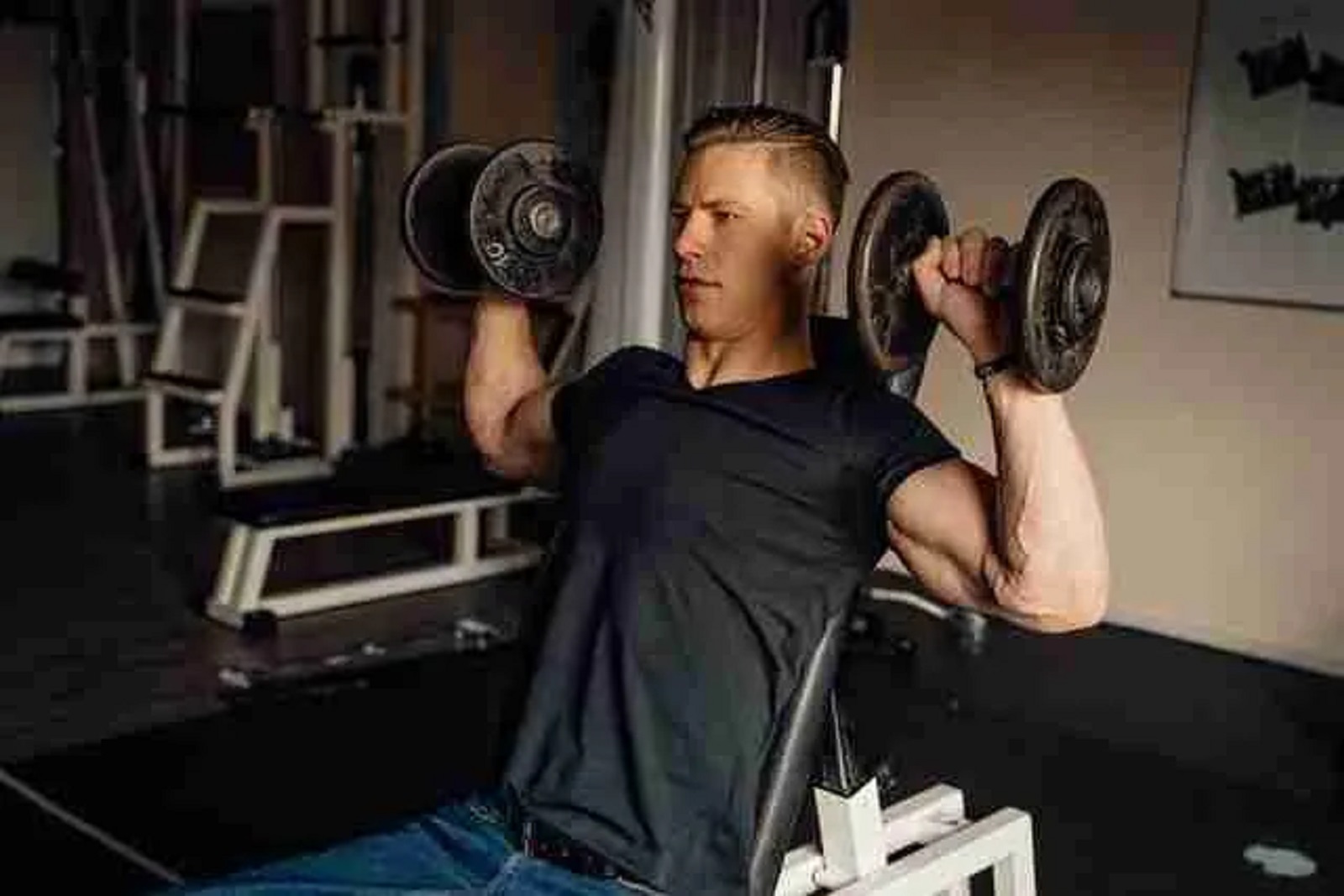
Dumbbell Front Raise Drop Sets:
- Stand with feet shoulder-width apart, holding a dumbbell in each hand.
- Perform front raises with the dumbbells, lifting them directly in front of you to shoulder height.
- To mimic the cable front raise drop sets, use dumbbells for front raises. Start with a challenging weight, and as fatigue sets in, switch to lighter dumbbells without rest to continue the exercise. Focus on a controlled and deliberate movement to maximize the burnout effect.









